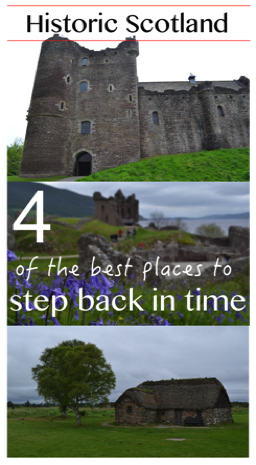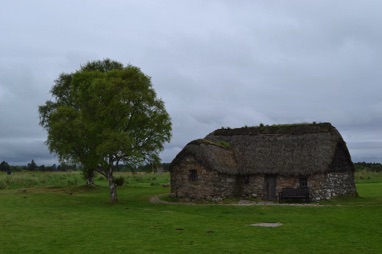
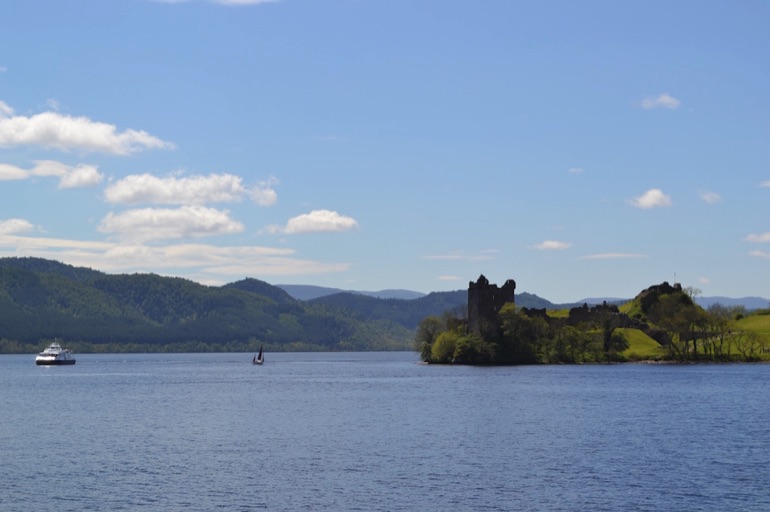
There are so many historic sites in Scotland that you could spend months exploring them all. Here are four you shouldn't miss
Above: Urquhart Castle from Loch Ness
Duart Castle, Mull
You can't miss Duart Castle, on the Isle of Mull – it's a prominent landmark, perched proudly on a headland as you approach the island on the ferry from Oban.
The dramatic location of the castle is no accident. The strategic position – commanding superb views across the Sound of Mull and Loch Linnhe, and well protected by sea cliffs and thick walls – was chosen by Chief Lachlan Lubanach Maclean in 1360. The castle is still owned by the Maclean Clan today, and is one of the last surviving privately owned clan castles in Scotland.
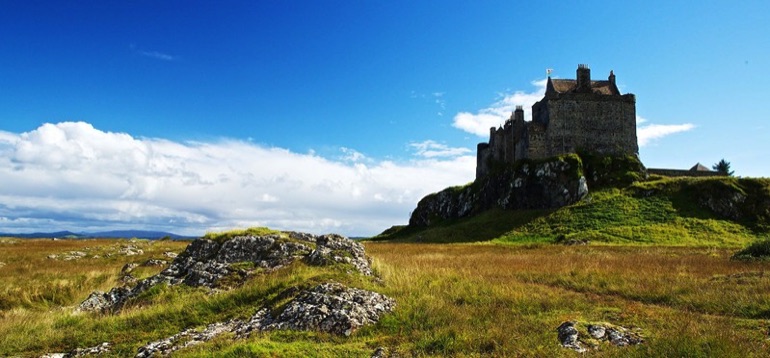
Inside, the castle boasts breathtaking views from every window. The Great Hall, used for banquets, is a magnificent, atmospheric room displaying family portraits and Coats of Arms. Upstairs are bedrooms and dressing rooms, including the sumptuously decorated State Bedroom, and a large exhibition room that describes the fascinating history of Clan Maclean. And, like all good castles, there are battlements, dungeons and spiral staircases to explore.
More glorious views can be enjoyed from the grounds and gardens – and keep an eye out for harbour porpoise in the bay. The walled kitchen garden here provides much of the produce used in the Duart Tea Room, where the emphasis is on locally-sourced ingredients and homemade cooking, including freshly baked cakes.
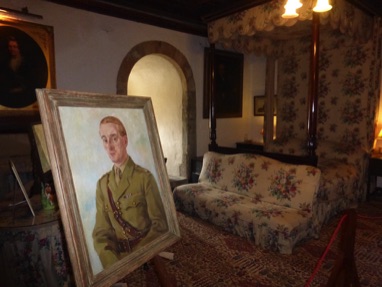
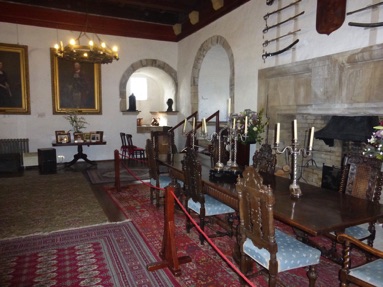
One of the great things about Duart Castle is that it's situated on the glorious Isle of Mull, with its wealth of wildlife spotting and hiking opportunities. So after visiting the castle, why not take a whale-watching cruise, or a boat trip to spot sea eagles?
Doune Castle
Instantly recognizable to many as Castle Leoch in the hit television series, Outlander, Doune Castle makes a striking first impression, with its imposing 100ft high gatehouse towering over visitors as they approach the castle.
Built in the 14th Century, Doune Castle stands high above the River Teith, about eight miles northwest of Stirling. The castle is remarkably well-preserved, and looks pretty much the same as it would have done when it was built. Head through the steep, cobbled entrance tunnel into an atmospheric courtyard – from here steps lead down into the cellars, or up into the castle's many rooms.
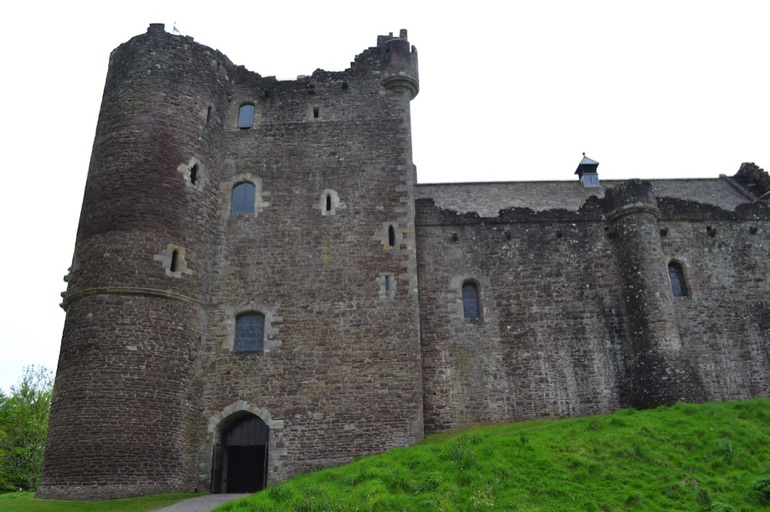
Doune Castle contains one of the best-preserved great halls in Scotland – a vast, cathedral-like chamber, where the castle's original owner, the Duke of Albany, entertained visiting nobility and was known for his 'large tabling and belly cheer'.
The food for these gatherings was prepared in the adjacent kitchen chambers, with their immense fireplaces and huge stone archways.
As well as its starring role in Outlander, Doune Castle also featured strongly in the 1975 film Monty Python and the Holy Grail, as well as appearing in the pilot episode of Game of Thrones.
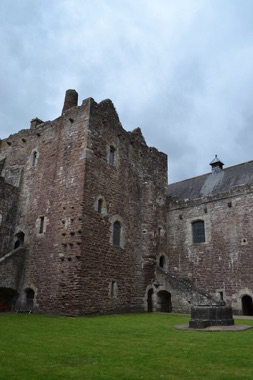
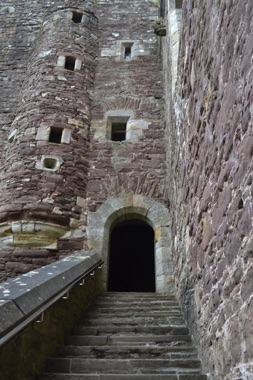
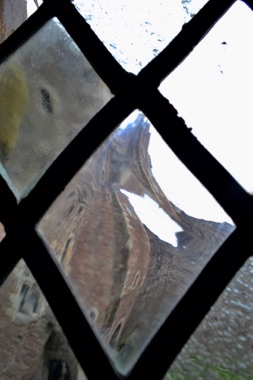
An excellent audio tour narrated by Terry Jones, of the Monty Python team, reveals Doune's exciting history and tales from the Holy Grail film set. There are also contributions from Sam Heughan, who plays Jamie Fraser in Outlander. He points out where some of the scenes from the TV series were filmed, describes what it was like to play an 18th century Scottish laird – and gives a brief introduction to learning the Scottish Gaelic language!
Culloden Battlefield
In the 1746 Battle of Culloden, the Jacobite army fought against the British army to reclaim the throne of Britain from the Hanoverians for a Stuart king.
The award-winning visitor centre, run by National Trust for Scotland, is located at the battlefield a few miles east of Inverness, and describes the events that led up to the battle. It's cleverly designed, with separate paths telling the different stories of the British government and Jacobite forces and plenty of interactive elements that help to immerse you in the story. One of these is a full-surround cinema, placing you in the centre of the battle as the fighting gets underway – not for the faint-hearted!
The battlefield itself has been maintained to appear much as it would have to the battling soldiers: a bleak expanse of rough, open moorland, dotted with heather, gorse and dwarf birch trees. It's a highly evocative place. Culloden was the last hand-to-hand battle fought on British soil, and lasted for just one hour. During this short time more than 1,200 men lost their lives.
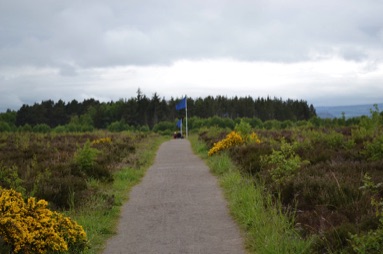

A brilliant hand-held digital audio guide brings the battle to life, with characters telling their stories about the tragic day. The battle lines, where the Jacobite and government armies waited for the command to attack, are marked with red and blue flags – with the names of the clans on the Jacobite side. The graves of the clans – simple carved headstones – can also be seen, along with the Memorial Cairn, a 20ft high structure erected by Duncan Forbes in 1881.
Urquhart Castle
For a classic ruined castle, it's hard to beat Urquhart. Perched on a promontory that juts into Loch Ness, it must have one of the most magnificent locations imaginable.
It was once one of Scotland's largest castles, but what remains of the fortress is now in ruins – British government troops, garrisoned at Urquhart during the Jacobite Risings, blew up the castle before they left.
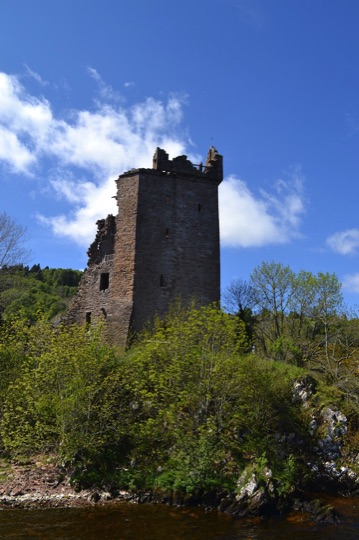
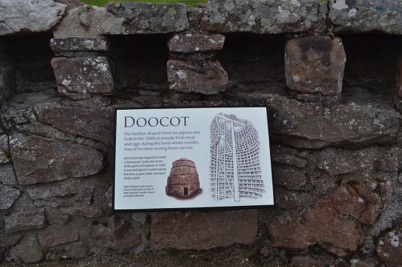
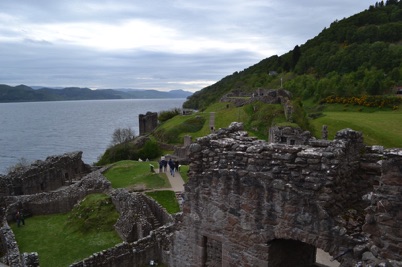
There's still plenty to explore, though – and the whole place oozes atmosphere. Excellent interpretation boards throughout the site explain what each room was used for, and really bring the castle's walls, chambers and stairways to life. You can't miss the full-sized, working replica of a trebuchet on the downhill approach to the castle. Cross the drawbridge to explore the ruins and look out for a gloomy dungeon, an ancient chapel, and the circular remains of a dovecote (“doocot”), complete with nesting holes for the pigeons.
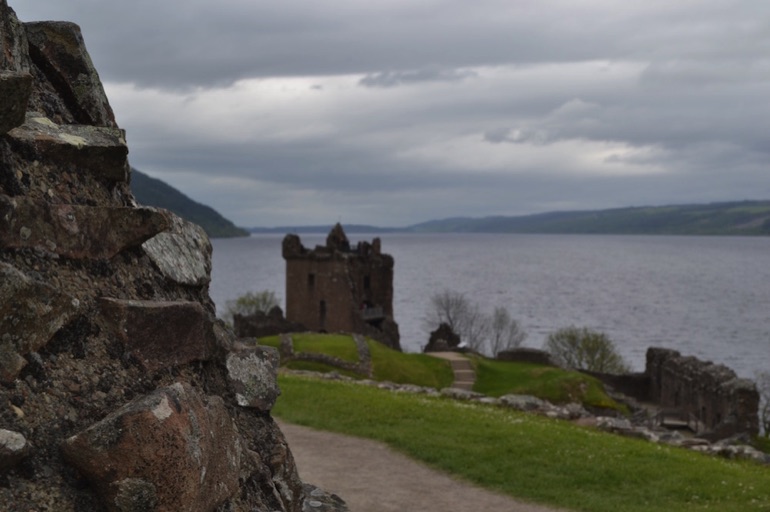
The views, of course, are wonderful – climb up the Grant Tower to enjoy the panorama across the famous loch and do a bit of monster spotting. At 230m deep, it's not hard to imagine there may be something lurking beneath the still, slate-grey waters of Loch Ness.
To really appreciate the setting of Urquhart Castle, though, it's best to take to the water. A cruise on Loch Ness with Loch Ness Cruises, leaving from the lakeside village of Drumnadrochit, offers plenty of superb photo opportunities. The view as the boat approaches the ruins is spectacular – and the trip gets you up close to the castle for some great shots.
The commentary on the cruise is entertaining and informative. You'll learn all about Loch Ness – the largest lake, by volume, in the British Isles – and Castle Urquhart.
And the skipper's stories may well make you believe that there really is a Loch Ness Monster – so keep your eyes peeled on the return journey!
Green Adventures October 2016
